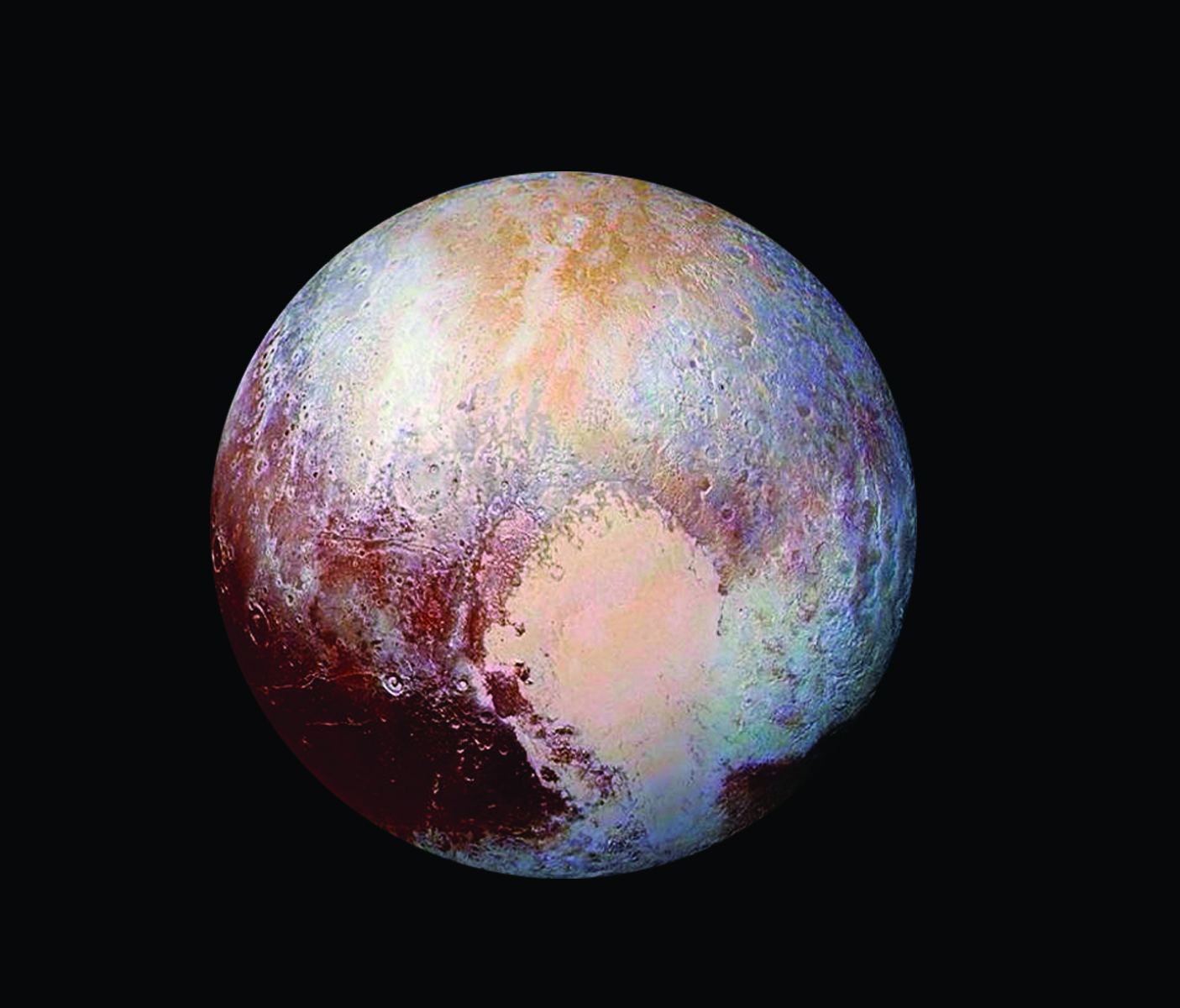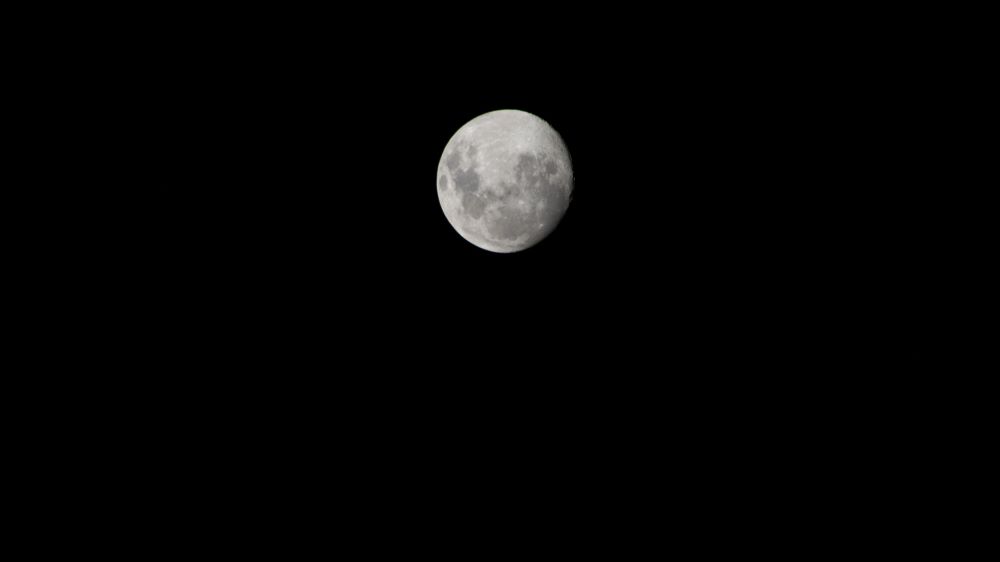NASA recently selected a new science payload that will travel to the Moon through a series of robotic missions via the agency’s Artemis program. This instrument suite, known as the Dating an Irregular Mare Patch with a Lunar Explorer (DIMPLE), will have the task of studying the Ina Irregular Mare Patch, also known as Ina, which is a small depression that could provide insights into the Moon’s volcanic history. It was discovered using orbital images from the Apollo 15 crew, and despite several past studies, its origin remains unclear.
Continue reading “NASA Artemis DIMPLE Instrument Suite to Explore Moon’s Mysterious Volcanic Features”NASA is Now Considering a Pluto Orbiter Mission

NASA’s New Horizons mission taught us a lot about Pluto, the ice dwarf planet. But the spacecraft sped past Pluto so quickly, we only got high-resolution images of one side of the planet, the so-called “encounter side.” New Horizons gave us a big leap in understanding, but in a way, it asked more questions than it answered.
The next step is clearly an orbiter, and now NASA is starting to seriously consider one.
Continue reading “NASA is Now Considering a Pluto Orbiter Mission”
